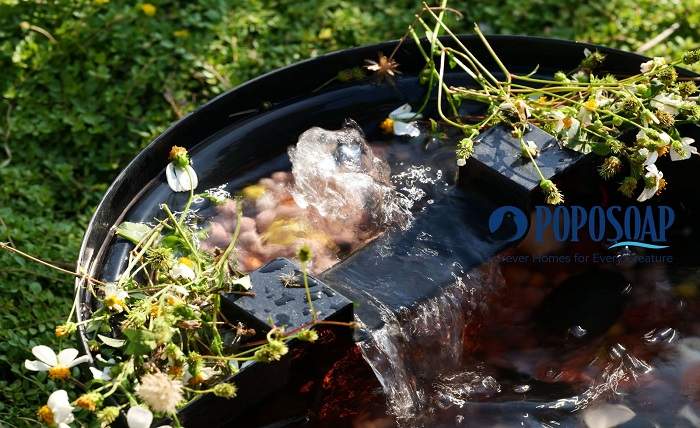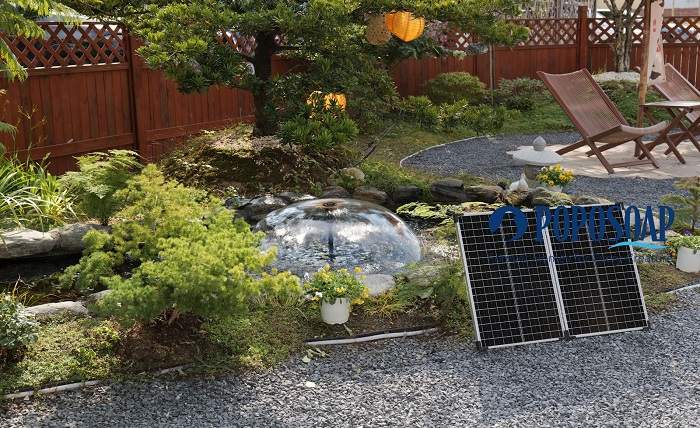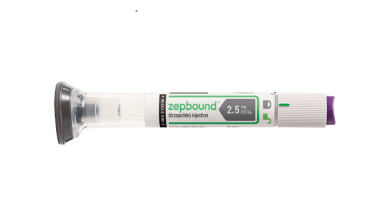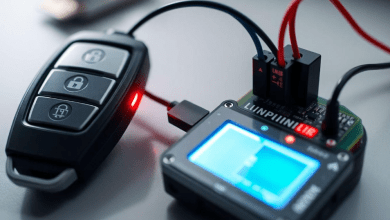
Ever wished your garden could feel alive with birdsong and color?
For many nature lovers, the joyful chirps and fluttering wings of birds are more than just background noise they’re a source of peace.Installing a birdbath fountain in your garden is one of the simplest ways to invite those beautiful visitors, but it takes more than just placing a fountain in the yard. With a bit of planning and care, your fountain can become a haven for birds — and a daily source of joy for you.
Why Birdbath Fountains Attract Birds
Birds need fresh water for drinking and bathing. While they can find natural water sources like ponds and streams, many birds in urban and suburban areas rely on manmade sources. A birdbath fountain offers flowing, clean water which birds find especially appealing.
Unlike still birdbaths, fountains provide movement that captures the attention of birds from a distance. The sound and shimmer of flowing water signal safety and freshness. It also helps prevent stagnation and reduces the risk of bacteria or mosquito larvae developing in the water.
If you want your garden to be full of fluttering wings and melodic chirping, a birdbath fountain is a great place to start.
Choosing the Right Location
The location of your birdbath fountain plays a major role in how attractive it is to birds. Place the fountain where birds will feel safe and undisturbed.
1. Pick a Quiet Area
Avoid placing your fountain near busy walkways, doors, or areas with constant human activity. Birds are more likely to visit peaceful spots where they do not feel threatened.
2. Ensure Visibility
While privacy is important, make sure the birdbath is visible to passing birds. Open spaces allow birds to spot the moving water from above or across the yard.
3. Provide Nearby Cover
Birds prefer to bathe and drink in areas where they can quickly retreat to safety. Place the fountain near bushes, trees, or shrubs that offer perching and shelter from predators.
4. Keep It Away from Feeders
Avoid positioning the birdbath directly under or beside bird feeders. Droppings and food particles can make the water dirty quickly, discouraging use.
Keeping the Water Clean
Clean water is essential if you want birds to return regularly. Dirty water not only deters birds but also poses health risks.
1. Change the Water Frequently
Change the water every two to three days, especially in warm weather. Fresh water is more appealing and keeps algae and bacteria at bay.
2. Scrub the Basin
Use a brush or sponge to scrub the fountain basin once a week. Remove algae, debris, and mineral buildup. Avoid chemical cleaners as they can be harmful to birds.
3. Use Natural Cleaning Agents
A simple mix of vinegar and water works well for cleaning. Rinse thoroughly after cleaning to ensure no residue is left behind.

Ensure the Right Depth
Birds prefer shallow water for bathing and drinking. The ideal depth is around one to two inches. Deep fountains can be dangerous, especially for small birds.
If your fountain is deeper, add flat stones or pebbles to create shallow zones and safe perches. This makes it easier for birds to approach and bathe without fear of slipping or drowning.
Add Stones and Perches
Birds love having places to stand, rest, and hop in and out of the water. Placing flat rocks inside the basin gives birds secure spots to perch. Arrange stones at different levels so birds of all sizes can enjoy the fountain.
Branches and natural wood pieces around the base can serve as landing areas and provide a more inviting environment.
Incorporate Plants Around the Fountain
Planting greenery around the fountain creates a natural habitat and encourages more bird visits. Choose native plants, flowering shrubs, and seed-bearing plants that attract birds.
Here are some plant suggestions:
- Coneflowers
- Black-eyed Susans
- Elderberries
- Sunflowers
- Serviceberries
These plants offer shelter, food, and a natural look that blends well with your birdbath fountain.
Add Movement and Sound
The gentle trickle or splash of moving water attracts birds far better than a still basin. If you want your fountain to be irresistible, make sure it has a consistent flow.
A solar bird bath fountain is a great option for environmentally conscious gardeners. It uses sunlight to power the pump and does not require electrical wiring or high maintenance.
The motion created by water jets, cascades, or bubblers adds visual interest and signals freshness to birds.
Lighting for Evening Appeal
Birds are less active at night, but lighting can enhance the visual beauty of your birdbath fountain and make it a centerpiece in your evening garden.
Soft garden lighting or underwater LEDs can illuminate the water, adding ambiance while helping you monitor the fountain’s cleanliness and structure.
Although lighting may not attract more birds directly, it contributes to the overall aesthetic of a welcoming, well maintained outdoor space.
Consider Seasonal Changes
To attract birds year round, make seasonal adjustments to your birdbath fountain.
Summer
In hot weather, birds need water more than ever. Keep the fountain shaded to prevent overheating and check the water level frequently.
A solar powered water fountain works well in bright conditions and continues to function throughout the day with minimal attention.
Winter
In cold climates, install a small heater to prevent freezing. Birds struggle to find fresh water during winter, so your fountain can become a lifeline.
Use a frost resistant fountain model and avoid adding salt or chemicals to the water.
Choose the Right Fountain Type
Not all fountains are created equal. Some are better suited for bird use than others.
1. Cascading or Tiered Fountains
These provide multiple levels and shallow water points. Birds can bathe on the upper levels while others drink below.
2. Bubblers and Misters
Gentle bubbling water or fine misting systems are excellent for attracting smaller birds and hummingbirds. The motion is subtle but effective.
3. Floating or Solar Fountains
For flexibility and ease of installation, birdbath fountain solar models are highly popular. These fountains are portable and simple to set up in any shallow basin.
Be sure the fountain provides stability and does not splash water out too quickly. You want a steady, gentle flow that conserves water and keeps birds comfortable.
Encourage Birds with Other Garden Features
Birds are more likely to visit if your garden is already a bird friendly habitat. Here are some ideas:
- Install bird feeders with seeds and suet
- Set up nesting boxes for various bird species
- Avoid using pesticides or herbicides in the garden
- Provide different levels of shelter with trees, shrubs, and vines
Creating an ecosystem that supports birds’ needs for food, water, and shelter will dramatically increase the number of visitors to your fountain.
Splash Into Savings: POPOSOAP Summer Sale 2025
Get ready to splash into savings with the POPOSOAP solar water pump Summer Sale 2025, live from August 1st to August 15th! Enjoy 15% OFF sitewide, plus, the first order under $100 each day gets a 100% gift card cashback.
Don’t miss out,t upgrade your garden and welcome the birds in style.

Be Patient and Observant
Sometimes it takes a little while for birds to discover your fountain. Stay patient and keep up with regular maintenance.
Watch your fountain at different times of the day. Morning and late afternoon are typically the busiest times for birds. Take note of which species visit and how they interact with your setup. These observations can help you make adjustments and fine tune the experience.
Final Thoughts
Adding a birdbath fountain to your garden is more than a decorative upgrade. It is a way to invite wildlife, support nature, and create a tranquil space that brings daily joy.
To attract birds effectively, focus on clean water, safe surroundings, shallow depth, and natural integration with your landscape. Simple additions like stones, perches, and native plants can make a big difference.




